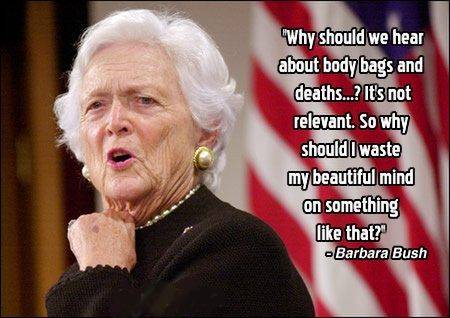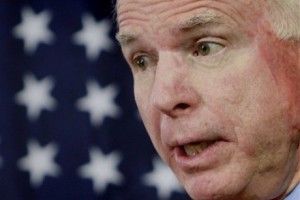
© i.i.com.comBoeing's Phantom Eye
After the Phantom Eye landed, it was slightly damaged when the landing gear hit the lakebed and broke
Boeing sent its Phantom Eye unmanned airborne system (UAS) on its first autonomous flight last week.
Boeing's Phantom Eye is a hydrogen-powered unmanned aerial vehicle (UAV) that is propeller-driven. The aircraft uses two 2.3 liter, four-cylinder engines capable of pushing 300 horsepower total and
can loiter above a target for up to 10 days. Its main purpose is to gather information or conduct attack missions.
The Phantom Eye took off at 6:22 a.m. PST for a 28-minute flight. It reached an altitude of 4,080 feet and a speed of 62 knots. The flight took place June 1 at NASA's Dryden Flight Research Center at Edwards Air Force Base in California.
"
This day ushers in a new era of persistent Intelligence,
Surveillance and Reconnaisance (ISR) where an unmanned aircraft will remain on station for days at a time providing critical information and services," said Darryl Davis, president of Boeing Phantom Works. "This flight puts Boeing on a path to accomplish another aerospace first -- the capability of four days of unrefueled, autonomous flight."
After the Phantom Eye landed, it was slightly damaged when the landing gear hit the lakebed and broke. But overall, the flight was a success.
Previous to the June 1 flight, the Phantom Eye took part in a series of tests throughout April, such as navigation and control, pilot interface, and mission planning.
The Phantom Eye used for demonstration purposes has a 150-foot wingspan and can carry a 450-pound payload. It can fly up to 96 hours without needing to land, but Boeing is looking to make a new model in 2014 that can fly up to 240 hours without landing.














Comment: Of course the profits flow northwards! What did people think was happening? That the CIA, MI6, the Mossad and banksters in Switzerland and Wall Street were just gonna let the locals rake it in? Like all other industries, the third world is nothing to the international banking mafia but a slave plantation, useful for only one thing: harvesting energy from.